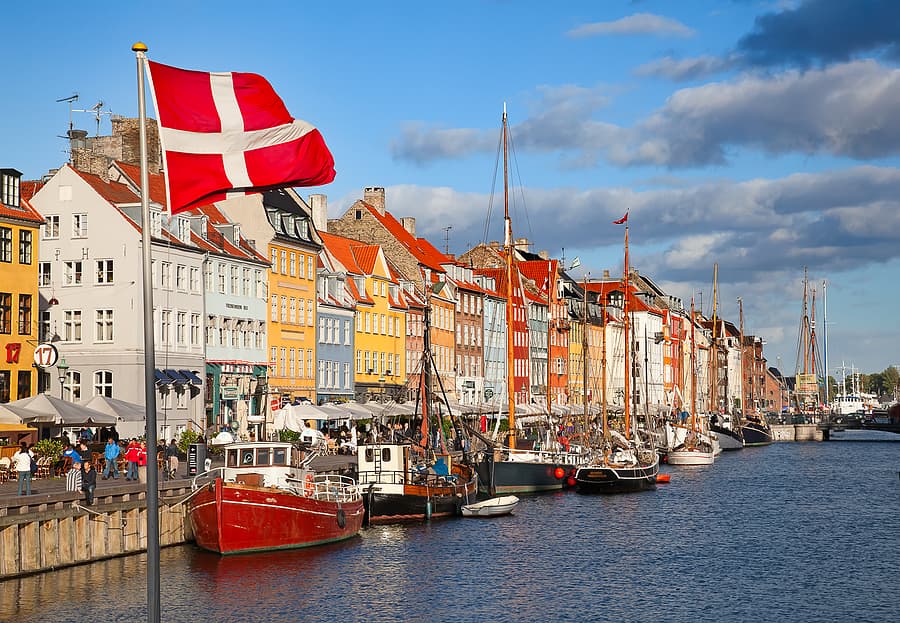
Traveling in Denmark: Cultural Nuances, Transportation, and Unique Experiences - AI Podcast
This travel guide discusses essential tips for traveling in Denmark, from learning basic Danish phrases to understanding the cultural nuances of Danish life. It provides practical advice on using public transportation, cost-saving strategies, and highlights unique experiences like visiting the Assistens Cemetery in Copenhagen. The guide emphasizes the importance of planning and respecting local customs for an enjoyable and meaningful trip.
ChatBotCast
Welcome to the ChatBot Cast, and thank you for tuning in to our episode on planning a vacation to Denmark. Today, we have an expert with us who will guide you through the best places to visit, tips for saving money, and unique experiences you shouldn’t miss. Let’s start with why Denmark is such a great vacation spot. What makes Denmark an appealing destination for travelers, and can you give us a brief history of Denmark and its cultural significance?